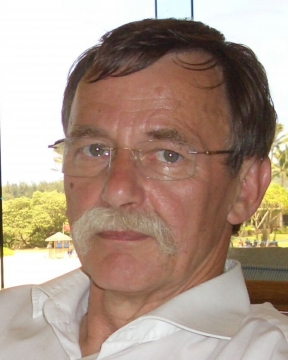 |
Dr. Bogdan PaloszPolish Academy of SciencesStructure Of Nanocrystals: Old Problem Requires A New Approache Lipkowski International Symposium (4th Intl. Symp. on Physical Chemistry & Its Applications for Sustainable Development)[Particles and Gravity] Back to Plenary Lectures » |
Abstract:There is a full consensus that structure of nano-crystals differs from bulk crystals because the atoms on the surface have fewer bonds than in the volume and, consequently, the interatomic bond lengths on the surface are different from those inside the grain. Despite this common knowledge when it comes to characterize experimentally real nanomaterials it is common to make "tacit assumption" of a periodic atomic network representing the structure of a single nanocrystal ignoring lack of information about its actual structure and poor knowledge of tools which may serve for identification of their internal atomic structure. Practical application of any material is not determined by in-depth knowledge of its atomic structure. However, it is certain that the lack of this knowledge is a significant limitation in predicting and exploiting the properties of nano-materials that may come from their unique but not well recognized atomic structure. To open new perspectives for exploring unique nano-properties one needs to create novel tools serving specifically structural studies of nanomaterials: identification of their shape, determination of surface strains, and learning about their internal atomic structure. Therefore it is worth considering creation of a sub-branch of crystallography dedicated specifically to structural studies of nanomaterials and to name it nano-crystallography. A review of various crystallographic methods and programs existing for reciprocal and real space analysis of diffraction data to study the atomic structure of nanocrystals will be presented with a focus on accuracy and resolution of diffraction measurements and limitations of numerical methods used to elaborate the experimental diffraction data [1]. Application of DFT and molecular dynamics simulations which were used to model the real structure of nanocrystals, to conduct virtual diffraction experiments, and identify the shape and surface structure of a few nm size grains of CdSe, diamond, and SiC [2-4] will be discussed. Preliminary results of application of Machine Learning to identify the shape and surface structure of nanograins will be presented. |
|